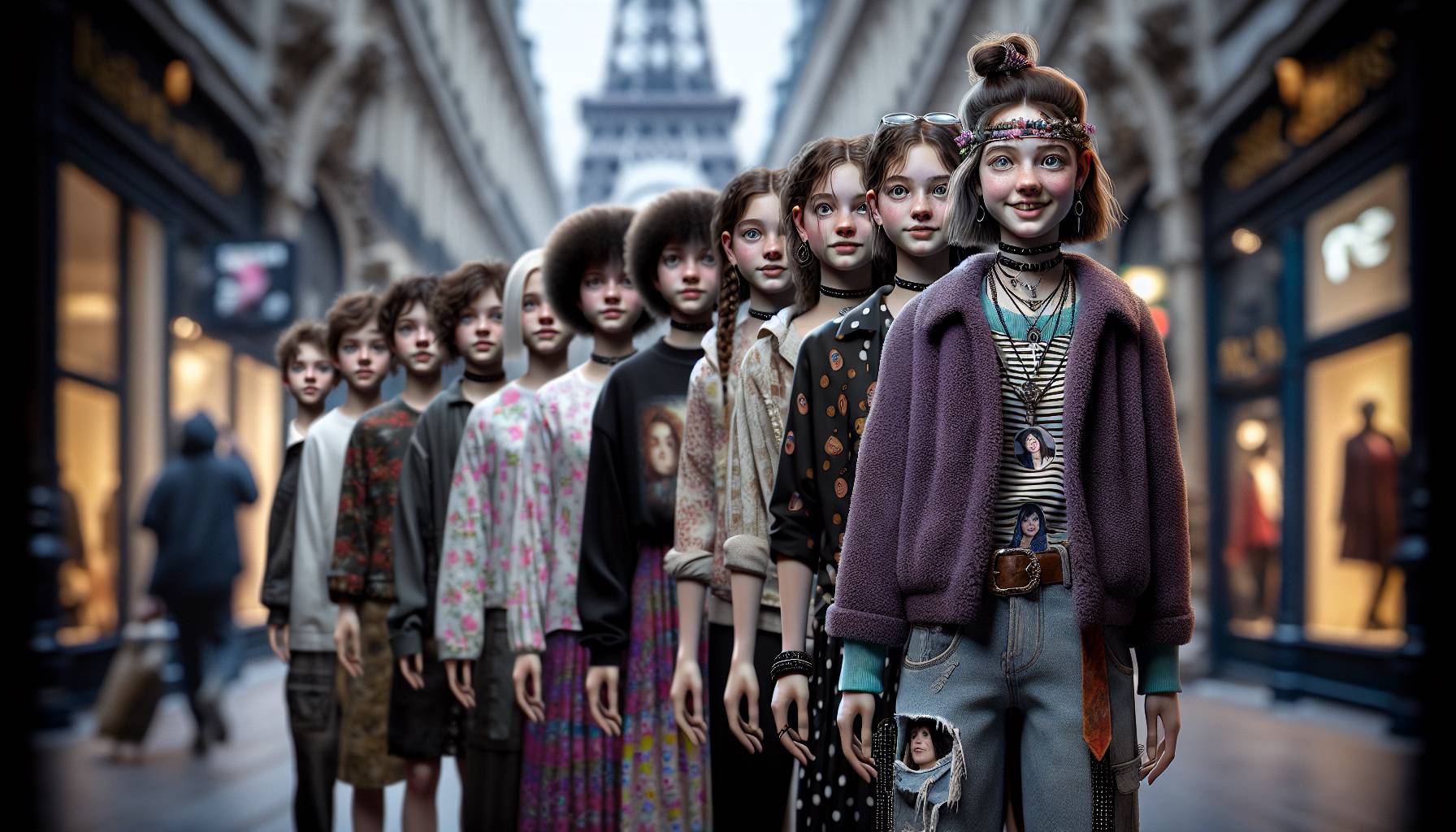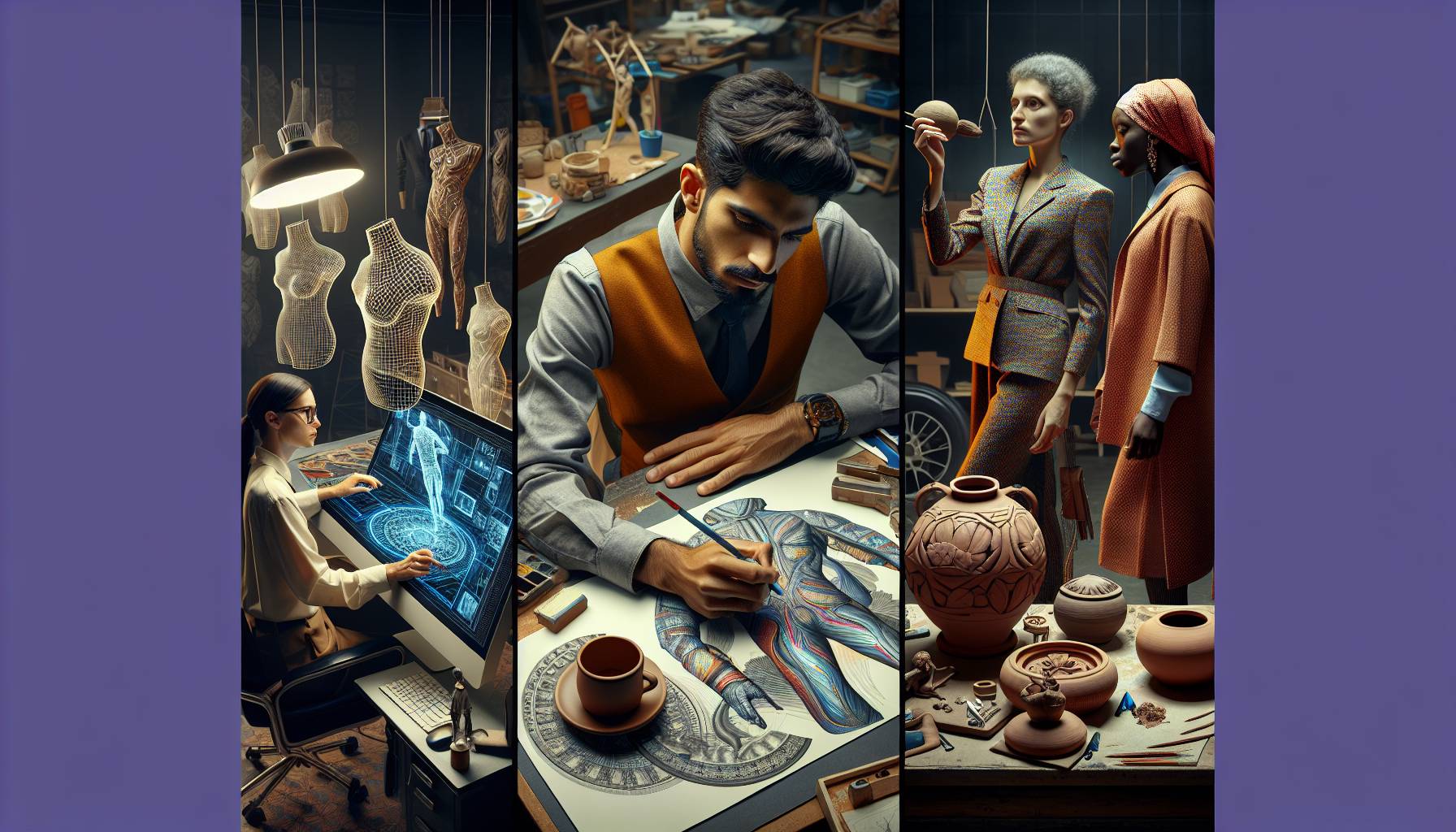fashion influence of Michelle Obama
Michelle Obama, as the First Lady of the United States, made a significant impact on the fashion world with her bold and accessible style choices. Her fashion influence extended beyond the traditional confines of political attire, embracing a mix of high-end designers and affordable brands, which resonated with a wide audience. This approach not only democratized fashion but also highlighted her ability to connect with people from various walks of life.
One of the hallmarks of Michelle Obama’s fashion influence was her support for emerging designers. By wearing pieces from lesser-known talents, she brought attention to new voices in the fashion industry, helping to launch their careers on an international stage. Her choices often included American designers, showcasing the diversity and creativity within the country’s fashion landscape.
Michelle’s wardrobe was characterized by vibrant colors, bold patterns, and a mix of classic and contemporary silhouettes. She was not afraid to experiment with different styles, whether it was a sleeveless dress that challenged traditional norms or a statement necklace that added a touch of glamour to her ensemble. Her fashion sense was both aspirational and relatable, inspiring many to embrace their own personal style.
Her influence extended to the way she used fashion as a tool for diplomacy. During international trips, Michelle often wore clothing that paid homage to the host country’s culture, fostering goodwill and mutual respect. This thoughtful approach to fashion underscored her role as a global ambassador and highlighted the power of clothing as a form of communication.
Michelle Obama’s fashion influence continues to be felt today, as she remains a style icon for many. Her ability to blend elegance with approachability has left a lasting legacy, encouraging individuals to express themselves through fashion while remaining true to their values and beliefs.
style legacy of Hillary Clinton
Hillary Clinton’s style legacy is marked by her evolution from a traditional political wardrobe to a more personalized and influential fashion statement. Known for her signature pantsuits, Clinton’s choice of attire became a symbol of empowerment and practicality, challenging conventional expectations of women’s fashion in politics. Her preference for pantsuits was not just a matter of comfort but also a deliberate choice to project authority and confidence in a male-dominated arena.
Throughout her career, Clinton’s style has been characterized by a blend of bold colors and tailored fits, reflecting her dynamic personality and commitment to breaking barriers. Her use of color, particularly her penchant for blues, reds, and yellows, often conveyed messages of strength and resilience. These choices were not only fashion statements but also strategic moves to communicate her political messages and connect with diverse audiences.
Clinton’s fashion choices have also been a platform for supporting American designers, much like her contemporaries. By wearing pieces from designers such as Ralph Lauren and Oscar de la Renta, she highlighted the talent within the American fashion industry while maintaining a polished and professional image. Her style has inspired many women to embrace their own power dressing, encouraging them to prioritize both form and function in their wardrobes.
Moreover, Clinton’s style legacy includes her ability to adapt and evolve with the times. From her early days in the public eye to her tenure as Secretary of State, her fashion choices have reflected her growth and adaptability. This evolution has resonated with many, showcasing the importance of personal style as a reflection of one’s journey and identity.
Hillary Clinton’s influence on fashion extends beyond her time in office, as she continues to be a role model for women seeking to balance professionalism with personal expression. Her legacy is a testament to the power of fashion as a tool for communication and empowerment, inspiring future generations to embrace their unique style while making their mark on the world.
iconic trends set by Jackie Kennedy
Jackie Kennedy, often referred to as the epitome of elegance and sophistication, set iconic fashion trends that continue to influence the world of style today. Her tenure as First Lady was marked by a distinct aesthetic that combined classic elegance with modern sensibilities, making her a fashion icon both in the United States and internationally.
One of the most enduring aspects of Jackie Kennedy’s style was her ability to make simplicity look effortlessly chic. She favored clean lines, tailored silhouettes, and a neutral color palette, which became the hallmark of her wardrobe. Her preference for A-line dresses, pillbox hats, and oversized sunglasses became synonymous with her name, setting trends that were emulated by women across the globe.
Jackie’s influence extended beyond her clothing choices to her impeccable taste in accessories. Her love for pearls, gloves, and structured handbags added a touch of refinement to her ensembles, further cementing her status as a style icon. These accessories were not merely adornments but integral components of her overall look, contributing to the timeless appeal of her fashion sense.
Her collaboration with renowned designers such as Oleg Cassini and Givenchy played a significant role in shaping her iconic style. These partnerships not only elevated her wardrobe but also brought high fashion into the public consciousness, making designer clothing more accessible and desirable to the average woman. Jackie’s ability to blend high fashion with everyday wearability made her a relatable yet aspirational figure in the fashion world.
Jackie Kennedy’s fashion legacy is also characterized by her influence on bridal fashion. Her wedding dress, designed by Ann Lowe, set a precedent for bridal elegance with its intricate detailing and classic silhouette. This influence continues to be seen in modern bridal collections, where elements of her style are often incorporated to evoke a sense of timeless grace.
Even decades after her time as First Lady, Jackie Kennedy’s fashion choices remain a source of inspiration for designers and fashion enthusiasts alike. Her ability to transcend trends and create a lasting impact on the fashion industry is a testament to her enduring legacy as a style icon. Her influence is a reminder of the power of fashion to convey elegance, confidence, and individuality, inspiring generations to embrace their unique sense of style.
iconic fashion moments
Michelle Obama, Hillary Clinton, and Jackie Kennedy have each carved out their own iconic fashion moments that have left an indelible mark on the world of style. These first ladies have not only embraced fashion but have also used it as a powerful tool to express their individuality and influence.
Michelle Obama is celebrated for her bold and contemporary choices. Her penchant for sleeveless dresses, vibrant colors, and mixing high-end with accessible brands has redefined the role of a first lady in the fashion world. One of her most memorable moments was the stunning Jason Wu gown she wore at the 2009 inaugural ball, which set the tone for her tenure as a fashion icon.
Hillary Clinton, known for her pragmatic approach, has had her share of iconic fashion moments as well. Her signature pantsuits became a symbol of empowerment and practicality, challenging traditional norms of women’s fashion in politics. The white pantsuit she wore during the 2016 Democratic National Convention was a nod to the suffragette movement, blending history with modernity.
Jackie Kennedy, often hailed as the epitome of elegance, brought a sense of European sophistication to the White House. Her pillbox hats, tailored suits, and oversized sunglasses became her trademarks. The pink Chanel suit she wore on that fateful day in Dallas remains one of the most iconic fashion moments in history, symbolizing both style and tragedy.
These first ladies have each used fashion as a means of communication, crafting a visual narrative that resonates with audiences worldwide. Their iconic moments continue to inspire and influence, proving that fashion is not just about clothing but about making a statement.
influence on modern fashion trends
The influence of these first ladies on modern fashion trends is both profound and enduring. Michelle Obama’s approach to fashion has encouraged a wave of inclusivity and accessibility in the industry. Her ability to seamlessly blend high fashion with affordable brands has inspired designers and retailers to create collections that cater to a diverse audience, making style attainable for all. Her support for emerging designers has also paved the way for new talent to gain recognition on a global stage.
Hillary Clinton’s embrace of the pantsuit has transcended political boundaries, becoming a staple in women’s wardrobes worldwide. The pantsuit, once seen as a symbol of rebellion, is now a celebrated emblem of empowerment and professionalism. This shift has encouraged women to embrace their personal style in professional settings, challenging outdated norms and redefining what it means to dress for success.
Jackie Kennedy’s timeless elegance continues to influence designers who seek to capture her classic aesthetic. Her preference for clean lines, structured silhouettes, and luxurious fabrics has inspired countless collections that pay homage to her iconic style. The resurgence of vintage-inspired fashion can be attributed, in part, to her enduring legacy, as modern fashionistas look to the past for inspiration.
In Australia, the impact of these first ladies is evident in the way local designers and fashion enthusiasts interpret their styles. The emphasis on individuality, empowerment, and accessibility resonates with the Australian fashion scene, which values creativity and inclusivity. As the fashion industry continues to evolve, the influence of Michelle Obama, Hillary Clinton, and Jackie Kennedy remains a guiding force, reminding us that fashion is a powerful tool for expression and change.

